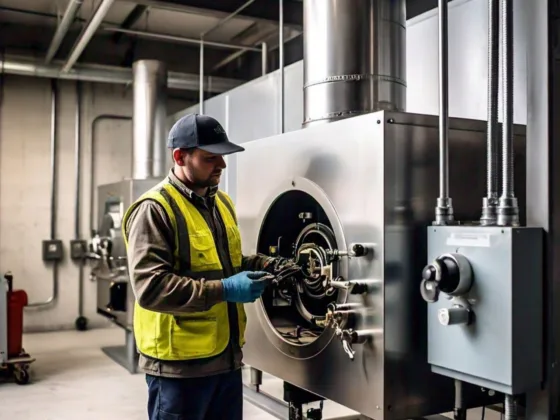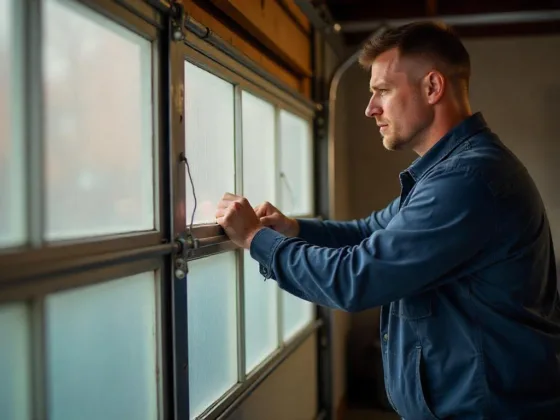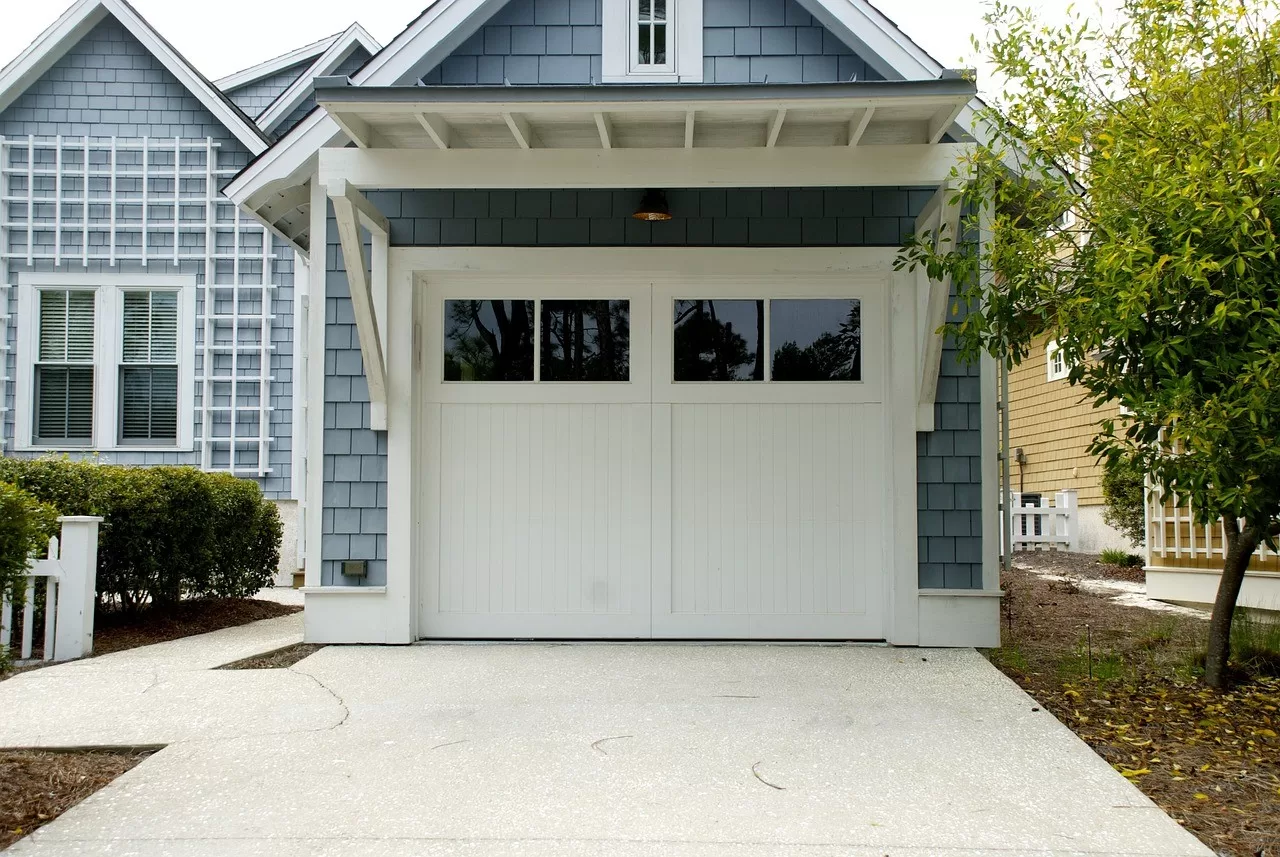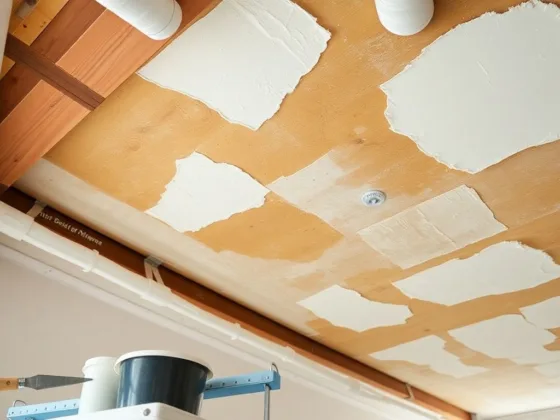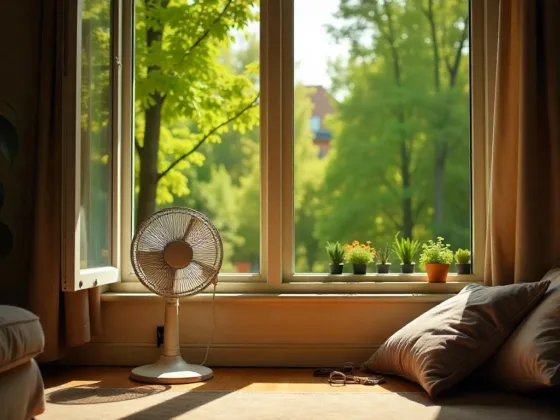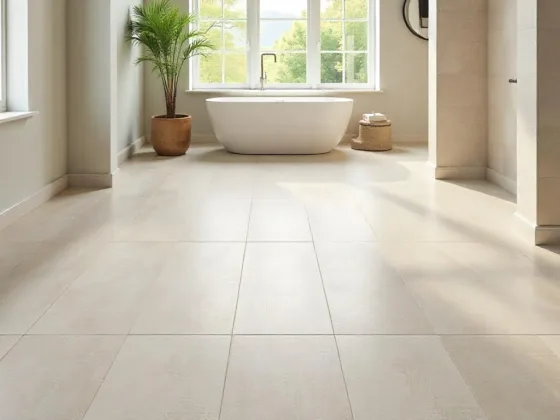A heat pump is more than just a device for heating and cooling—it’s an environmentally friendly, energy-efficient solution that uses the Earth’s natural heat. It’s like the eco-friendly version of traditional heating and cooling systems.
Here’s how it works: instead of generating heat by burning fuel or using electric resistance like regular systems do, a heat pump transfers heat from one location to another using a refrigeration cycle. This process requires much less energy compared to conventional HVAC systems.
As a result, heat pumps are an excellent choice for homeowners who want to lower their energy consumption and reduce their impact on the environment while still enjoying comfortable indoor temperatures throughout the year.
Primary Components That are Prone to Failure and Cause Heat Pump Problems
Key components that might fail in a heat pump include:
- Compressor: This is the heart of the system. If it fails, the heat pump can’t circulate refrigerant properly, making it unable to heat or cool efficiently.
- Evaporator Coil: This absorbs heat. If it gets dirty or corroded, it can reduce heat absorption and cause poor performance.
- Condenser Coil: This releases heat. If it’s obstructed or dirty, it won’t release heat effectively, impacting efficiency.
- Expansion Valve: If this valve malfunctions, it can affect the flow of refrigerant, leading to temperature imbalances.
- Refrigerant: Low refrigerant levels can cause inadequate heating or cooling, often due to leaks.
The compressor is typically the most prone to failure due to its constant operation and high stress. Beyond that, it’s important to recognize the importance of refrigerant management.
While leaks in the refrigerant lines are often associated with poor performance, contaminated or improperly charged refrigerant can silently degrade system efficiency and potentially damage sensitive parts.
Thermostatic expansion valves (TXVs) are crucial to ensuring that refrigerant flows in the correct proportions, and if they fail, they can cause system imbalances, inefficient operation, or even compressor burnout.
Pro Tip: Regular refrigerant checks and pressure monitoring are the key to preventing small leaks from turning into major repairs.
What are the Common Signs a Heat Pump is Failing?
Here are some common signs that indicate a heat pump may be failing:
Insufficient Heating and Cooling
If you notice that the temperature in your home doesn’t reach the set point or the air feels lukewarm or stale, it could be a sign of trouble. However, before assuming a mechanical failure, it’s important to consider other factors that might be causing the issue.
- System imbalance: This occurs when there is disruption in airflow or low refrigerant levels, resulting in uneven temperature distribution throughout your home.
- Air leakage in ducts: If there are leaks in your ductwork, the heat pump will have to work harder to make up for the lost heat, leading to poor temperature control.
- Age of insulation: Older insulation may not be as effective in retaining heat or cool air, which can impact the performance of your heat pump.
- Condition of windows and doors: If your windows and doors are not properly sealed, outside air can enter your home and affect the heating and cooling efficiency of the heat pump.
Slow Temperature Change
Another sign of a potential problem is when the heat pump takes longer than usual for your home to reach the desired temperature. This could indicate issues with airflow, refrigerant levels, or even the thermostat itself.
Frequent Cycling
If you find that your heat pump is frequently turning on and off without achieving comfortable temperature levels, it may be an indication of underlying problems. Again, this could be related to airflow issues, refrigerant levels, or even a malfunctioning thermostat.
Thermostat Reading Mismatch
A noticeable difference between the temperature displayed on your thermostat and the actual room temperature is also a concerning sign. This discrepancy could point towards an issue with either the thermostat itself or how it interacts with the heat pump system.
Common Reasons Why Your Heat Pump Isn’t Blowing Hot Air
If your heat pump isn’t blowing hot air, don’t worry—you’re not alone. Many homeowners experience this issue. Here are some common reasons why it might be happening:
1. Blower Fan Issues
The blower fan is responsible for pushing warm air into your home. If it’s not working properly, you won’t get the heat you need. Check the fan to see if it’s running smoothly and at the right speed.
2. Electrical Connections Problems
Sometimes, the problem lies with the electrical connections to the fan motor. These connections may look fine on the outside, but if they’re loose or damaged, they can cause the fan to run inconsistently or at a slower speed than required. This can result in ineffective circulation of warm air throughout your home.
3. Airflow Obstruction
Another potential cause of warm air not coming through your heat pump is airflow obstruction. The outdoor unit is particularly susceptible to blockages caused by:
- Pine needles
- Leaves
- Other debris
- Plants or grass growing too close to the unit
These obstructions can hinder airflow and significantly impact the efficiency of your heat pump.
4. Refrigerant Lines Issues
It’s also important to inspect the refrigerant lines carefully. Any ice or dirt buildup on these lines can disrupt airflow and hinder the thermal exchange process. As a result, it becomes challenging for the heat pump to maintain a consistent and warm air output.
Tips for Maintaining Your Heat Pump
To ensure that your heat pump operates smoothly and efficiently, here are some maintenance tips:
- Regularly clean both the indoor and outdoor units.
- Check and replace air filters as needed.
- Clear any debris or obstructions around the outdoor unit.
- Schedule professional maintenance at least once a year.
Can Heat Pump Noise Indicate a Problem?
Common Sounds and Their Implications
- Buzzing: This may indicate an electrical problem, such as a failing capacitor or loose components.
- Hissing: Often caused by a refrigerant leak, a hissing sound may mean the system is losing refrigerant, leading to inefficiency.
- Grinding or Screeching: These sounds are usually a sign of heat pump problems with the blower motor or fan, potentially indicating worn-out bearings or a failing motor.
- Repeated Clicking: This could suggest issues with the thermostat, control board, or contactors, which might need repair.
Frequency and Context Matters
Instead of focusing just on buzzing, hissing, or grinding, let’s consider frequency and context:
- Pulsating or Rhythmic Noises: These often indicate issues with the compressor, which could signify refrigerant flow problems or mechanical strain.
- Gurgling Noises: A sign of trapped air or refrigerant flow issues, which means the system might be low on refrigerant or have an issue with the expansion valve or coil.
- Constant Rattling: This can indicate loose components—often a simple fix, but ignoring it can lead to more severe damage to the internal parts over time.
Correlate Noise with Actions
Try to correlate the noise with specific actions (e.g., does the noise happen when the unit is switching from heating to cooling mode?), as this can reveal specific malfunction points.
Heat Pump Iced Up – How Can You Identify It?
Ice buildup can actually be a sign of an overly-efficient defrost cycle. While defrosting is necessary during cold months, excessive defrosting (often from a faulty defrost control board) could create ice build-up on the coils or in unusual places, like around the compressor or fan.
Signs of Ice Buildup
- Frozen evaporator coils: This is the most common sign of ice buildup. You can identify this by checking the outdoor unit.
- Moisture accumulation inside the unit: Check for any signs of moisture buildup inside the heat pump.
- Excessive condensation: If you notice excessive condensation around the unit, it could indicate issues with humidity control or refrigerant flow.
A Heat Pump Is Running but Not Producing Enough Heat or Cooling
When homeowners notice that their heat pump is running but is not generating enough heat or cooling, several steps can help identify the problem.
Check the Outdoor Air Temperature
First, homeowners should check the outdoor air temperature. If the weather is unusually hot or cold, this might impact the heat pump’s efficiency. For instance, heavy snowfall on the outdoor unit can block airflow, while extreme heat can hinder the system’s ability to exchange heat effectively.
Inspect the Heat Pump’s Mode Settings
Next, it is important to inspect the heat pump’s mode settings. Confirm that the system is not set to cooling mode when it should be heating, especially during winter months. If the unit is cooling in winter, this could indicate a malfunction in the control board or a miscommunication with the thermostat.
Verify if the Unit is Stuck in Defrost Mode
Homeowners should also verify if the unit is stuck in defrost mode. When a heat pump is in defrost mode too long, it can continuously run without properly heating or cooling the home. This issue may prevent the system from achieving the desired temperature and can lead to increased energy usage.
Assess Airflow from the System
Another critical aspect to assess is the airflow from the system. If airflow is weak, it could signal that filters are blocked or that the blower fan is not operating properly. Poor airflow directly affects the system’s ability to heat or cool effectively.
Monitor Air Temperature Output
Furthermore, it is essential to monitor the air temperature output. If the heat pump is generating warm or cool air but not enough of it, this may indicate a refrigerant leak or a failing compressor. Both issues can significantly reduce the unit’s performance.
Pay Attention to Unit Cycling Frequency
Finally, homeowners should pay attention to how often the unit cycles on and off. If the heat pump is cycling more than usual, it may be a sign of underlying issues that need to be addressed. Frequent cycling can strain the system and lead to higher energy bills.
By carefully evaluating these factors, homeowners can better understand why their heat pump is not performing as expected and decide whether to seek professional assistance for repairs.
Thermostat Malfunction
A malfunctioning thermostat can cause issues beyond just sudden and unpredictable temperature changes in a home. In some cases, the thermostat may delay the heating or cooling system from turning on even after the temperature is adjusted. This could indicate a problem with the internal sensor or a weak electrical connection.
Common Issues with Thermostats
Here are some common problems that homeowners might encounter with their thermostats:
- Calibration Problems: A thermostat may not read the actual room temperature accurately. This inaccuracy can lead to a noticeable delay in how the heating or cooling system performs. When the thermostat is off, the entire climate control system struggles to maintain the desired temperature.
- Battery Issues: If the thermostat is digital, fresh batteries may help restore proper function.
- Sensor or Electrical Connection Problems: Delays in the heating or cooling system turning on could indicate an issue with the internal sensor or a weak electrical connection.
Troubleshooting Steps for Thermostats
Homeowners have several options to troubleshoot a thermostat before deciding that it needs to be replaced:
- Change the batteries: Sometimes, simply changing the batteries can resolve issues with digital thermostats.
- Re-calibrate the thermostat: This is a straightforward task that can improve its accuracy.
- Use an external thermometer: By comparing temperatures, homeowners can determine whether the thermostat is reading correctly.
Taking these steps can often resolve the issue without the need for a new thermostat.
What Electrical Issues Might Cause Problems with Heat Pumps?
1. Fuse and Breaker Issues
A fuse may blow if there’s a surge or short circuit, causing the unit to stop running. A breaker can trip if the system draws too much current, often due to a short or faulty component.
2. Short Circuits and Wiring Problems
A short circuit can prevent power from reaching the components, halting the heat pump’s operation. Loose or damaged wiring can cause intermittent operation or complete failure of the system.
3. Grounding Problems
One often-neglected issue is grounding problems. If the ground wire is compromised, it could cause intermittent electrical failures, poor system performance, or even a complete shutdown.
4. Capacitor Issues
Another possibility is a capacitor issue, where a malfunctioning capacitor can prevent the compressor or fan motor from starting, leading to system failure without any visible external damage.
5. Surge Protection
Homeowners should consider using a surge protector for their heat pump to protect it from voltage spikes that could damage the internal electronics over time.
When Should You Call a Professional for Heat Pump Repair?
The general rule is: if you’ve checked the basics (filters, thermostat settings, etc.) and the system still isn’t functioning properly, it’s time to bring in a professional.
However, the real indicator is inefficiency—if your heat pump is running continuously but you notice escalating energy bills or insufficient temperature control, the system needs a professional assessment to prevent long-term damage.
What are the risks of delaying heat pump repairs? Aside from the usual wear and tear, energy inefficiency is the most significant risk.
Small faults (like refrigerant leaks or dirty coils) can drastically reduce your heat pump’s efficiency, costing you much more in energy bills than it would to make the repair early. And long-term neglect can lead to a complete system breakdown when you least expect it.
FAQ:
The most common problems with heat pumps often involve the compressor, evaporator coil, condenser coil, expansion valve, and refrigerant levels. The compressor is particularly prone to failure due to its constant operation and high stress, which can prevent the heat pump from heating or cooling efficiently. Other issues can arise from dirty or obstructed coils, malfunctioning valves, or refrigerant leaks.
Common signs of a failing heat pump include insufficient heating or cooling, slow temperature changes, frequent cycling without achieving comfort levels, and noticeable discrepancies between the thermostat and the actual room temperature. Additionally, airflow issues or air leakage in ducts can contribute to poor performance.
If your heat pump isn’t blowing hot air, first check the blower fan and ensure there are no electrical connection issues. Inspect the outdoor unit for airflow obstructions like debris or garden overgrowth. Additionally, check for icing or dirt buildup on the refrigerant lines, which can impede airflow and thermal exchange.
Yes, unusual noises from a heat pump can indicate various issues. Buzzing may suggest electrical problems, while hissing could point to refrigerant leaks. Grinding or screeching often signals issues with the blower motor or fan, and repeated clicking may indicate thermostat or control board problems. It’s essential to consider the context and frequency of these noises to identify the specific malfunction.
You should call a professional for heat pump repairs if you’ve checked the basics—like filters and thermostat settings—and the system still isn’t functioning properly. A significant indicator is inefficiency; if your heat pump is running continuously, yet you notice rising energy bills or insufficient temperature control, it’s time for a professional assessment to prevent long-term damage.


